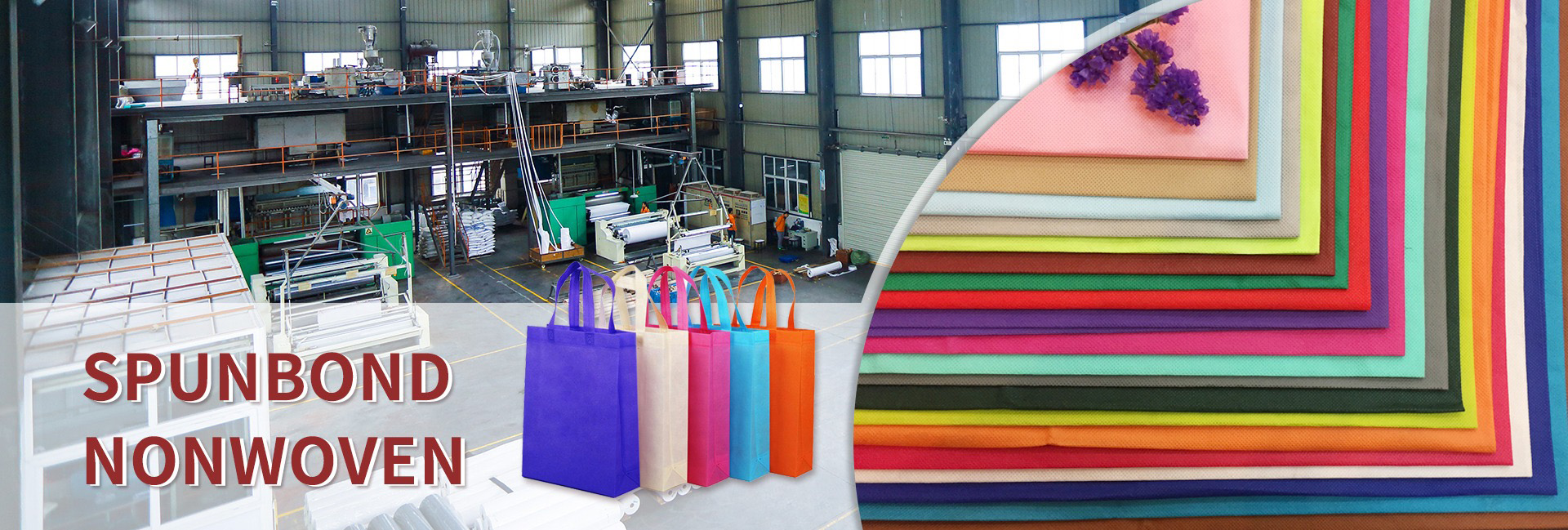In the era of the pandemic, non-woven fabrics have become an indispensable part of our daily lives. Hundreds of millions of people worldwide use non-woven masks every day, and hundreds of thousands of healthcare workers rely on non-woven protective clothing. However, traditional non-woven fabrics are mainly protected by physical barriers, and once the virus attaches to the surface, there is still a risk of cross infection.
With the development of technology, antibacterial and antiviral non-woven fabrics are upgrading daily protection to a new level.
Protection Transformation: From Passive Isolation to Active Enemy Elimination
In the past, protective equipment mainly relied on physical barrier principles to block viruses and bacteria from the outside. However, this passive protection method has obvious shortcomings: when microorganisms accumulate on the surface of the protective material, the risk of contact transmission increases accordingly.
Traditional non-woven protective equipment may become a source of infection if not handled properly after use.
The birth of antibacterial and antiviral non-woven fabrics has changed this situation. This new type of material can not only block pathogens, but also initiate “attacks” actively, effectively inactivating bacteria and viruses.
For example, the virus killing non-woven fabric developed by Anhui Box Health can effectively kill various pathogens such as coronaviruses and influenza viruses, with an inactivation efficiency of over 99%.
Technological Mastery: Four Technological Pathways Show Their Abilities
Nano metal technology
Nano metal particles are the most commonly used “weapon” in antibacterial and antiviral non-woven fabrics. Silver, copper, nano magnesium oxide and other metals and their ions can damage the protein structure of microorganisms, leading to their death.
The nano magnesium oxide/polypropylene composite developed by the Process Engineering Research Institute has an antiviral rate of 99.99% for H1N1 and H3N2 influenza, and an antiviral rate of more than 99% for novel coronavirus.
Copper based antibacterial and antiviral non-woven fabric uses nano copper ions as antibacterial components, which are safe and harmless to the human body, and can achieve interference and destruction of proteins in bacteria.
Natural plant extraction technology
Some companies take a natural route and seek solutions from plants. A patented technology utilizes the extraction solution of active ingredients from Chinese herbal medicine to endow non-woven fabrics with natural and non-toxic antibacterial and antiviral effects.
This technology also prepares efficient natural antibacterial and antiviral UV sustained-release microcapsule solutions by adding surface modified nanomaterials with far-infrared functionality, improving the mechanical properties and antibacterial and antiviral abilities of non-woven fabrics, with antibacterial and antiviral efficiency reaching 99.99%.
Composite structure design
Dalian Bim Technology’s patent adopts a three-layer composite structure: the upper and lower layers are polypropylene spunbond nonwoven fabric, and the middle layer is functional polypropylene melt blown nonwoven fabric.
This design ensures both the strength and feel of the material, as well as the antibacterial and antiviral effects.
Water based polarization meltblown technology
Anhui Haibusi Company has developed water based polar meltblown fabric, which not only has high filtration efficiency but also has the function of inactivating viruses. This technology breaks through the limitations of traditional meltblown fabrics that can only physically filter, enabling the material to have the dual ability to intercept and inactivate viruses.
Application scenario: Comprehensive protection from hospitals to homes
Medical protection field
Antibacterial and antiviral non-woven fabrics shine in the medical field. By using this new material, products such as masks, protective clothing, surgical gowns, and disinfectant bags greatly reduce the risk of infection for medical staff.
The new anti-virus non-woven fabric of Anhui Box Health can be used not only for masks and filter cartridges, but also for protective clothing, isolation clothing, surgical clothes and other skin disinfection and sterilization products.
Air filtration system
Applying antibacterial and antiviral non-woven fabric to air conditioning and ventilation filters can effectively purify the air. The technological achievements of the Process Engineering Research Institute have been applied to products such as antibacterial and antiviral car filters, air purifier filters, etc.
These products also have potential application value in the fields of large-scale building air conditioning, aerospace enclosed space air microbial purification, and so on.
Daily hygiene products
Nowadays, daily hygiene products such as mother and baby products, adult diapers, sanitary napkins, and wet wipes are also using antibacterial and antiviral non-woven fabrics.
These products come into direct contact with human skin and provide dual protection with antibacterial and antiviral functions.
Future prospects: Development direction of antibacterial and antiviral non-woven fabrics
With the improvement of people’s health awareness, the market demand for antibacterial and antiviral non-woven fabrics will continue to grow. This material is gradually entering the daily lives of ordinary people from the professional medical field.
The Siberian branch of the Russian Academy of Sciences is developing a non-woven fabric based on nanotechnology. When it is in a humid environment, the nanofibers will produce a large number of positively charged molecules, effectively inhibiting microorganisms including bacteria smaller than the material pore size.
In the future, we have reason to believe that antibacterial and antiviral non-woven fabrics will be applied in more fields to safeguard human health. The nano magnesium oxide antibacterial and antiviral new material exhibited by Wuhu Industrial Innovation Center has achieved no additional equipment investment and maintenance, and has good compatibility with existing production processes.
From hospital operating rooms to home air conditioners, from mother and baby products to daily masks, antibacterial and antiviral non-woven fabrics are building an invisible protective net. In the future, with the continuous advancement of technology, this intelligent material will be integrated into more life scenarios and become an indispensable part of safeguarding human health.
Dongguan Liansheng Non woven Technology Co., Ltd. was established in May 2020. It is a large-scale non-woven fabric production enterprise integrating research and development, production, and sales. It can produce various colors of PP spunbond non-woven fabrics with a width of less than 3.2 meters from 9 grams to 300 grams.
Post time: Oct-04-2025

